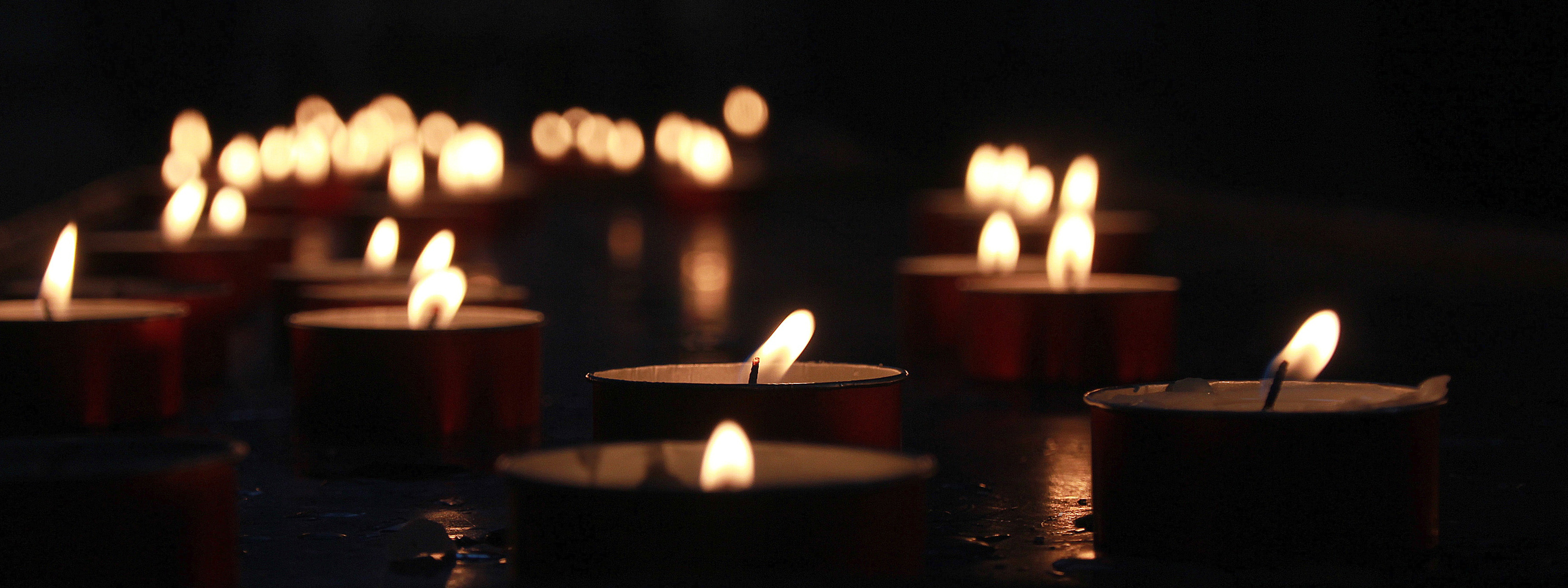
The observance of All Saints’ Day, or All Hallows’ Day, is forever linked with the All Hallows' Eve (or Halloween). The ancient Celts believed that on the night of October 31, after all of the crops had been harvested and stored, dead people took the form of animals and walked among the living. November 1-3 was Samhain (pronounced sow [rhymes with cow] in), the great Celtic festival that marked the end of summer, the season of the sun, and the beginning of darkness and cold. Tradition has it that Samhain was the god of death and darkness, but Celtic writings do not support this belief that Samhain was an entity.
This beginning of All Saints' Day is something of a mystery. Some scholars believe that it began in Ireland. The oldest Irish book of martyrs mentions it. The Irish often placed feast days on the first day of the month. By 741, All Saints' Day appears in English writings, and in 835 Pope Gregory IV officially authorized the observance. November 1 may have been chosen because it was the day of one of the four great festivals of the pagan Celtic nations. It was church policy to supplant pagan observances with Christian observances.
Christians celebrate All Saints' Day on November 1 or on the first Sunday in November. The day celebrates the lives of all the "saints," that is, Christians who are no longer living among us. Those who have died since the previous November 1 receive special recognition. One of the most familiar scripture passages usually heard during All Saints' Day observances refers to the saints who have gone before us as "so great a cloud of witnesses" (Heb. 12:1, NRSV).
Originally published in Ask Julian, upperroom.org. Copyright © The Upper Room.
Share on Socials